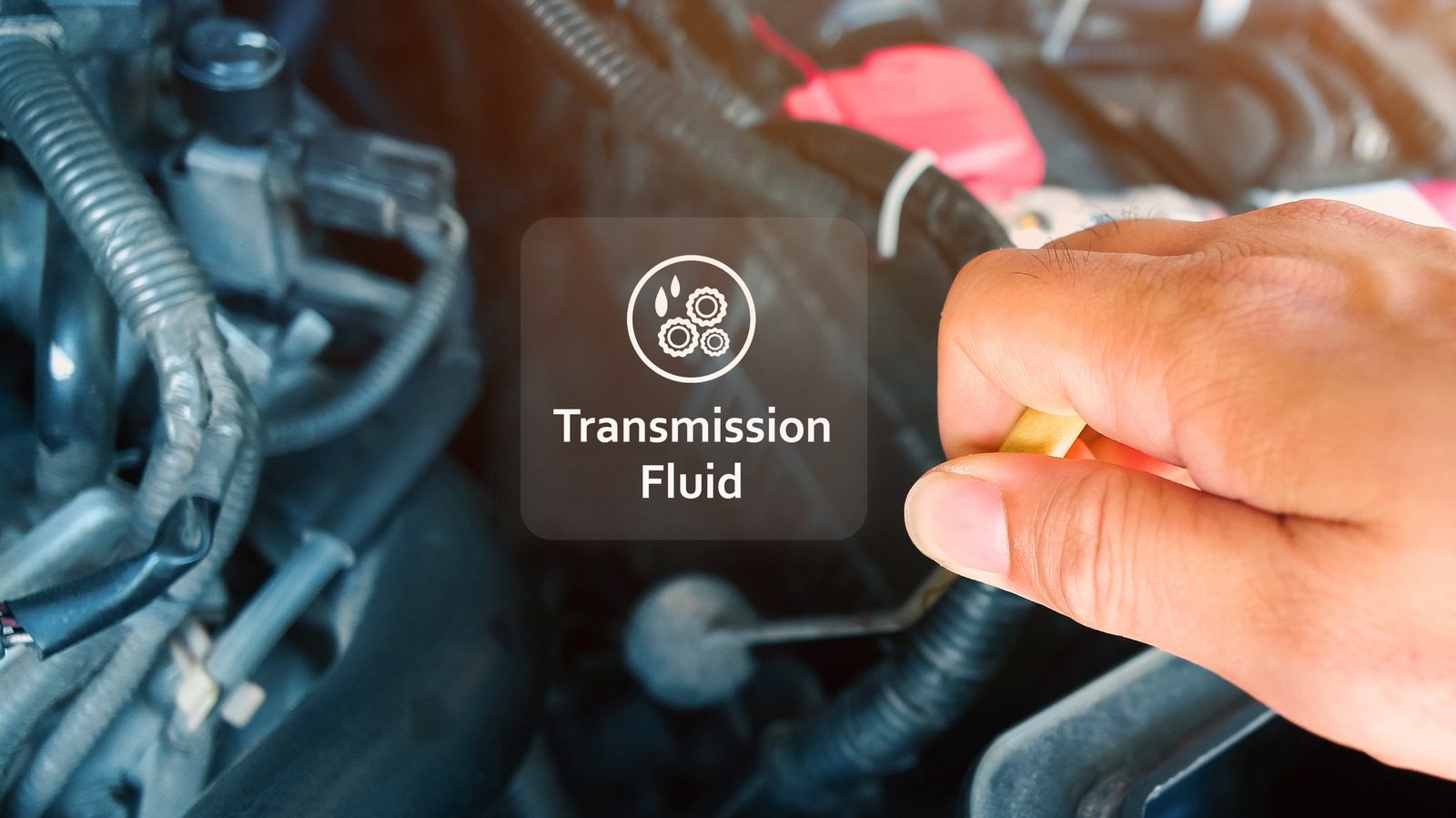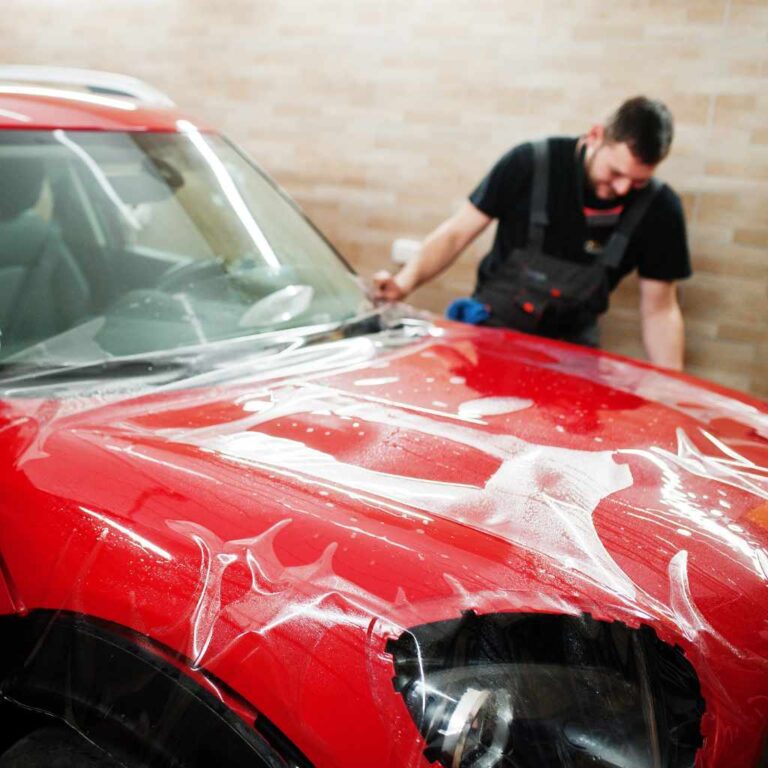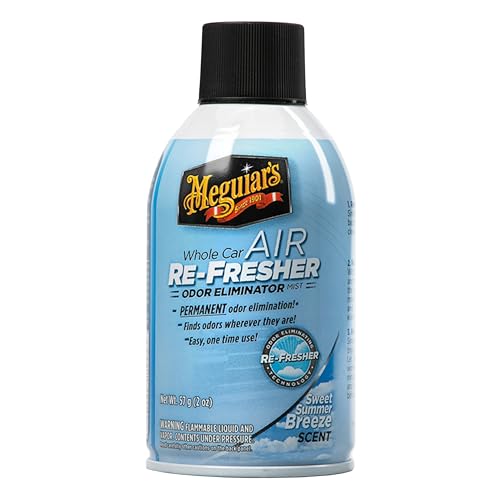Do You Add Transmission Fluid With the Car Running: Essential Tips
Yes, you should add transmission fluid with the car running. This ensures proper fluid levels and accurate readings.
But, let’s dive deeper into why this method is essential. Transmission fluid is vital for your car’s health. It lubricates parts, reduces wear, and keeps your transmission cool. Adding fluid with the car running allows it to circulate properly. This method also ensures you get an accurate reading on the dipstick.
Many people wonder about the right way to add transmission fluid, and it’s crucial to avoid mistakes. Incorrect levels can lead to serious issues, including transmission failure. In this post, we’ll explore the steps you need to follow. We’ll also discuss why adding fluid with the engine running is the best practice. Stay tuned to learn how to keep your transmission in top shape.
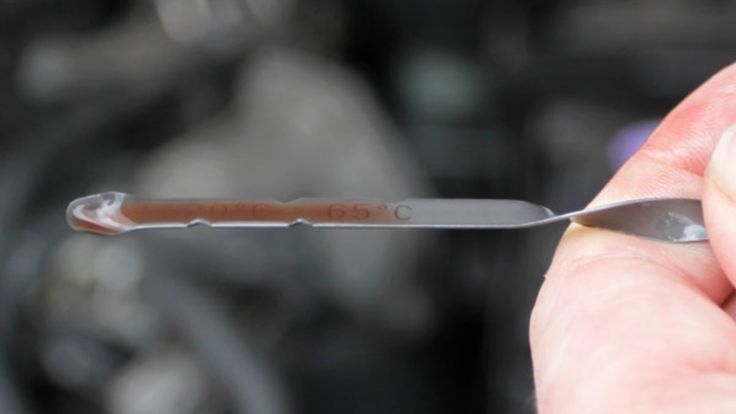
Credit: carfromjapan.com
Adding Transmission Fluid
Maintaining proper transmission fluid levels is crucial. It keeps the transmission running smoothly. Low levels can cause damage. The car may overheat. Shifting gears can become difficult. Always check the fluid level regularly.
Low transmission fluid can cause serious issues. The transmission might slip. This can lead to expensive repairs. The car may also stall. Overheating is another risk. Always ensure the fluid is at the correct level.
Car Running Or Off?
Adding transmission fluid with the car running helps the fluid circulate. This ensures the fluid goes through the system and lubricates parts. When the engine is on, the transmission pump is active. This action helps the fluid move quickly. Always ensure the car is in park or neutral. This is crucial for safety.
Safety is very important. Always set the handbrake before you start. Keep your hands and clothes away from moving parts. Check for any leaks. It’s best to wear gloves and eye protection. Never work near a hot engine. Use a funnel to avoid spills. Clean any spills right away to prevent accidents.
Steps To Add Fluid
Park the car on a flat surface. Engage the parking brake. Ensure the engine is off. Open the hood of the car. Locate the transmission dipstick. This is usually near the engine. Clean the dipstick with a rag. This removes dirt. Dirt can affect fluid levels.
Start the engine and let it run. The car should be in park. Pull out the dipstick. Wipe it clean again. Insert the dipstick back in. Pull it out once more. Check the fluid level. It should be between the marks. Add fluid if it’s low. Pour slowly to avoid spills. Check levels again after adding.
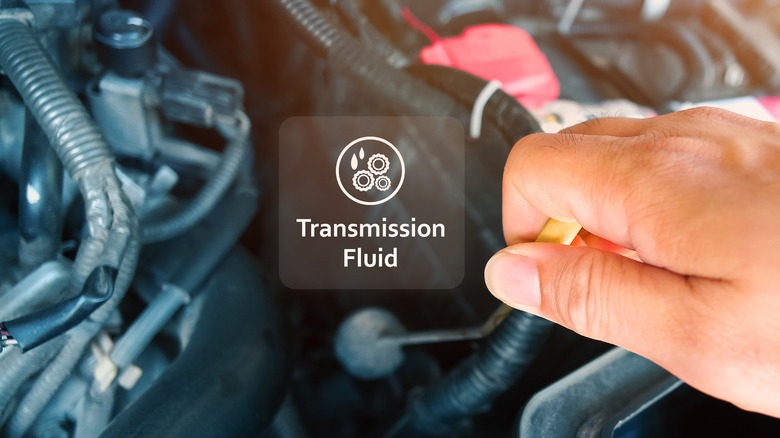
Credit: www.slashgear.com
Choosing The Right Fluid
Different cars need different transmission fluids. Check your car manual. It tells you the right type. Use only that type. Wrong fluid can damage your car.
The two main types are automatic transmission fluid (ATF) and manual transmission fluid (MTF). ATF works with automatic transmissions. MTF works with manual transmissions. Some cars need synthetic fluid. It lasts longer but costs more.
Always use the fluid made for your car. Using the wrong fluid can cause problems. Your car might not shift gears right. It could also damage parts inside the transmission.
Check with your car dealer or mechanic. They can tell you which fluid is best. Using the right fluid helps your car run smoothly. It also makes your transmission last longer.
Common Mistakes
Overfilling the transmission fluid can cause serious issues. It can lead to foaming. This reduces the fluid’s effectiveness. The transmission may not work properly. Damage can occur over time. Always check the proper level. Follow the car manual’s instructions.
Using the wrong fluid is a common mistake. It can harm the transmission. Different cars need different fluids. Always use the type specified in the manual. Mixing fluids can cause damage. It’s important to get it right.
Signs Of Fluid Issues
If your car feels like it is changing gears on its own, this could be a sign of transmission slipping. The vehicle may lose power. The engine might also rev higher than usual. These are signs of low transmission fluid. Low fluid can cause major damage to the transmission. It is important to check the fluid level.
Strange sounds can also signal fluid issues. You might hear grinding or humming noises. These sounds come from the transmission. They usually indicate low or dirty fluid. It is crucial to address these noises quickly. Ignoring them could result in costly repairs.
Maintaining Fluid Levels
Check transmission fluid levels often. This helps your car run well. Low fluid can cause damage. Use the dipstick to check levels. Make sure the car is warm. Park on a level surface. Pull out the dipstick. Clean it with a cloth. Put it back in. Pull it out again. Look at the fluid level. Add fluid if needed. Do not overfill.
Follow your car’s maintenance schedule. Check the owner’s manual. Change transmission fluid as needed. This keeps the transmission healthy. Use the right type of fluid. Always use the recommended brand. It is important for your car’s health.
Professional Assistance
Transmission issues can be complex. It’s not always easy to tell what’s wrong. Seek help if you hear strange noises. Consult a professional if you notice fluid leaks. Your car might have a problem if it shifts gears too hard. Get expert advice if you feel vibrations. Always trust a pro for big repairs.
Experts know what they are doing. They have the right tools. Professionals can fix issues fast. This saves you time. Expert service is safer. They follow the best practices. Your car will run better. It may last longer. Regular checks by experts can prevent big problems.

Credit: www.wikihow.com
Frequently Asked Questions
Do I Leave My Car Running To Add Transmission Fluid?
No, do not leave your car running while adding transmission fluid. Turn off the engine first.
What Is The Proper Way To Add Transmission Fluid?
Check the transmission fluid level with the engine warm and running. Use the dipstick to determine the level. Add fluid through the dipstick tube using a funnel. Pour slowly to avoid overfilling. Recheck the level and adjust as needed.
Do You Check Transmission Fluid When The Car Is On Or Off?
Check the transmission fluid when the car is on and the engine is warm. Ensure the vehicle is in park or neutral.
Can You Put Transmission Fluid In A Hot Car?
Yes, you can add transmission fluid to a hot car. Ensure the engine is running and the car is on a level surface.
Conclusion
Adding transmission fluid with the car running is important. It ensures proper fluid levels. Always check your owner’s manual for specific instructions. This helps maintain your vehicle’s health. Follow these steps to keep your car running smoothly. Incorrect fluid levels can cause damage.
Regular maintenance is key. Make sure to stay informed. Your car will thank you. Happy driving!

